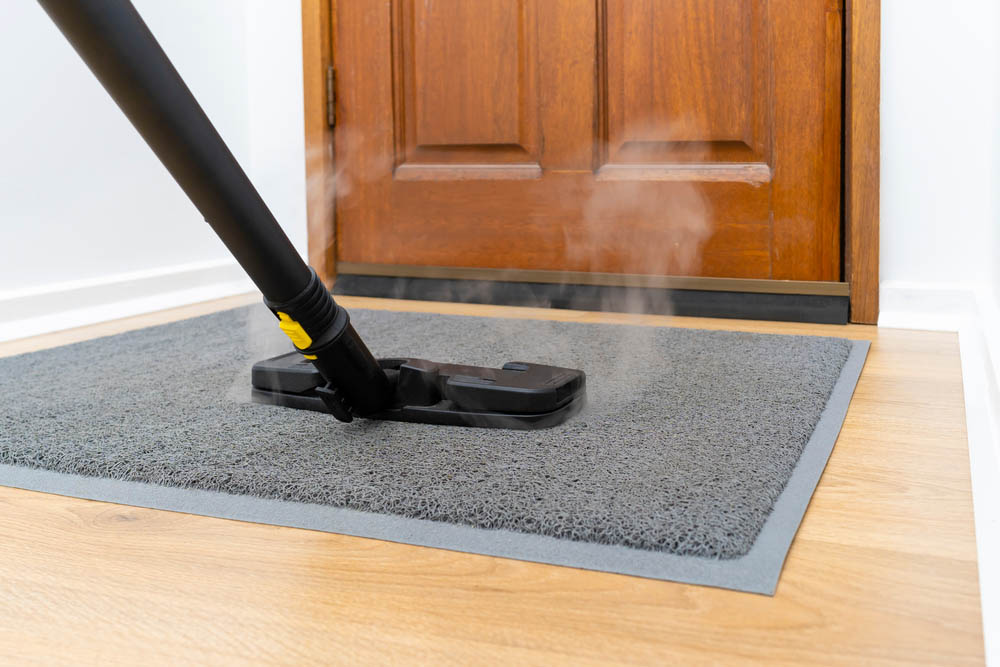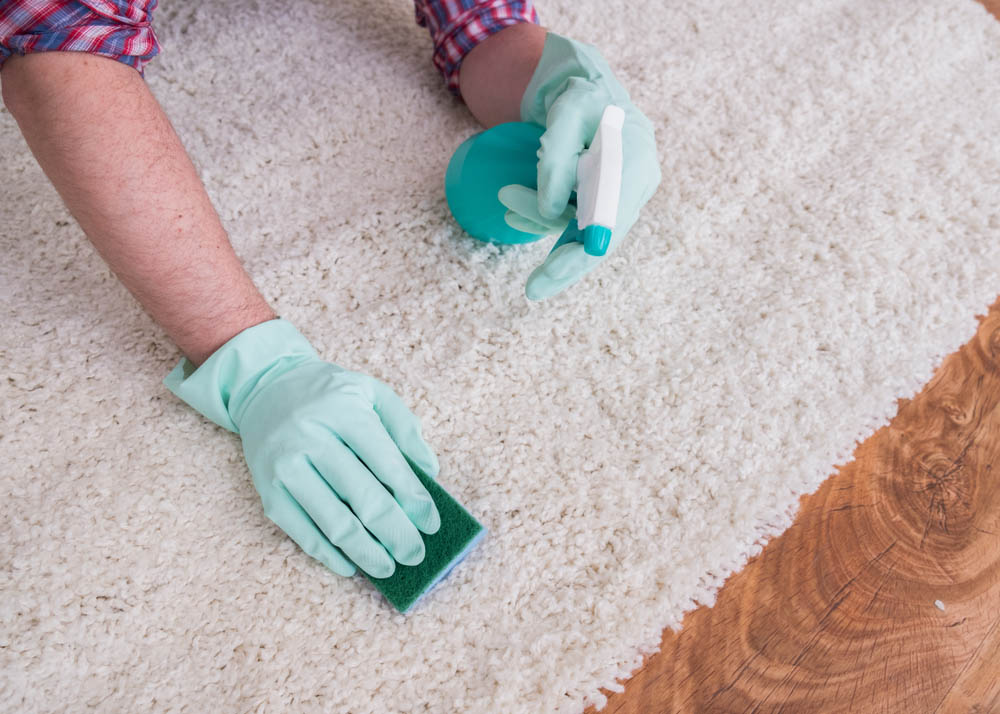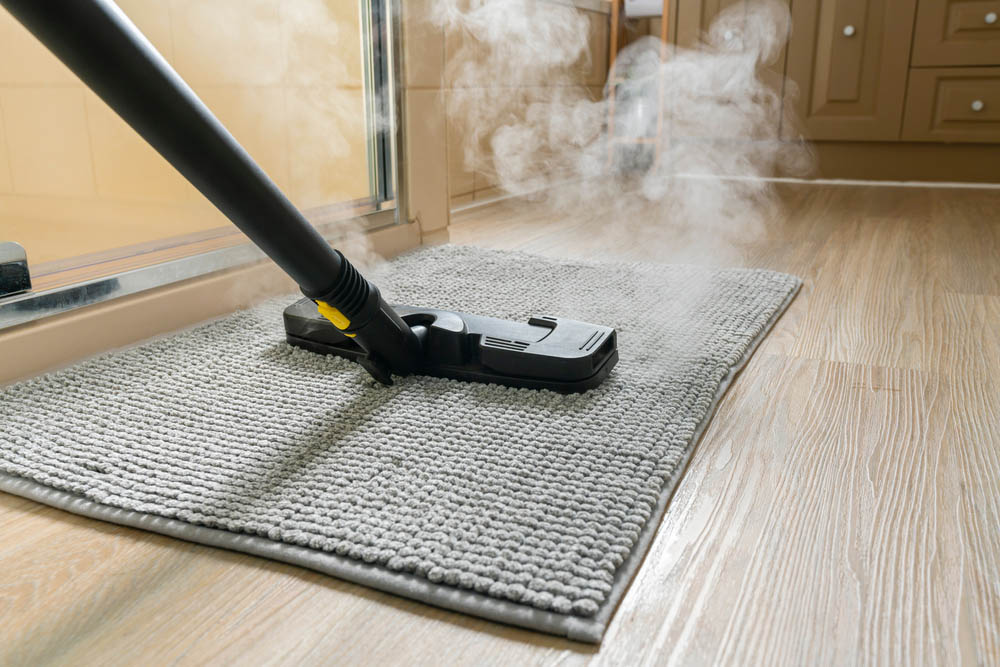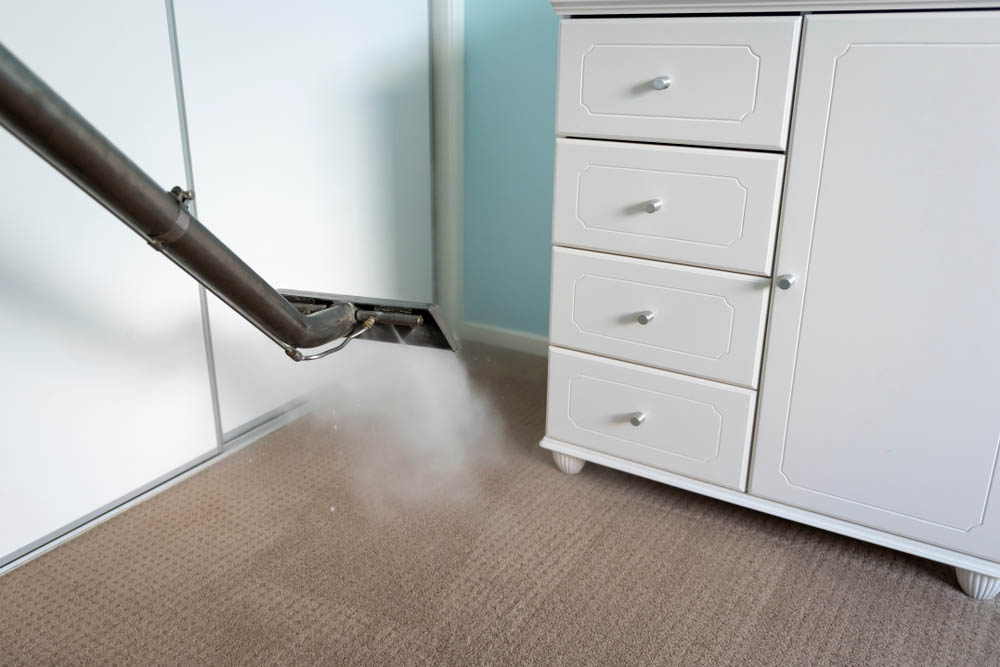
If you or a loved one suffers from allergies or asthma, you know that indoor allergens can cause significant discomfort. Dust mites, pet dander, and mold spores can all hide within carpet fibers, causing allergy symptoms and asthma triggers. One essential strategy for improving indoor air quality and reducing these health issues is thorough and regular carpet cleaning. This guide will delve deep into the world of carpet cleaning for allergies and asthma.
Understanding Allergies and Asthma
Allergies are the immune system’s overreaction to certain substances known as allergens. Common allergens include dust mites, pollen, and pet dander. Symptoms may include sneezing, coughing, watery eyes, and even difficulty breathing. Asthma, on the other hand, is a chronic condition that causes inflammation and narrowing of the airways. Both allergies and asthma can be aggravated by indoor allergens often found in carpets.
The Role of Carpets in Allergies and Asthma
Carpets add warmth and comfort to our homes. However, they can also act as magnets for dust mites, mold spores, pet dander, and other allergens. These tiny particles can become airborne when the carpet is walked on or disturbed, leading to an aggravation of allergy symptoms and asthma attacks. Hence, it becomes crucial to ensure carpets are as allergen-free as possible.
Prevention of Allergens in Carpets
A prevention-first approach can be effective in minimizing allergens in your carpet. Using a vacuum with a HEPA filter can remove a significant amount of allergens without scattering them into the air. Moreover, choosing the right carpet material and enforcing a no-shoes policy can prevent outdoor allergens from getting trapped in your carpet. Lastly, regular carpet maintenance is essential to keep allergen levels low.
Carpet Cleaning Techniques for Allergy and Asthma Sufferers
There are several carpet cleaning methods you can use to reduce allergens. These include:
Steam Cleaning:
Also known as hot water extraction, steam cleaning can effectively remove dust mites and other allergens. Be sure to allow the carpet to dry thoroughly to prevent mold growth.
Dry Cleaning:
Dry cleaning solutions can also effectively eliminate allergens. Look for eco-friendly options that won’t introduce harsh chemicals into your living environment.
Carpet Shampoo:
Some carpet shampoos are specially formulated to eliminate allergens. Make sure to follow the manufacturer’s instructions for best results.
DIY Carpet Cleaning for Allergies and Asthma
If you prefer to tackle carpet cleaning yourself, there are plenty of DIY solutions. Using a high-quality vacuum cleaner regularly is an excellent first step. Also, consider investing in a carpet cleaning machine that allows for deep cleaning. Many machines can be used with a variety of carpet shampoos designed for allergen removal.
Professional Carpet Cleaning Services for Allergies and Asthma
Sometimes, the level of allergens and the size of the carpet can make professional carpet cleaning the best option. Professional carpet cleaners have access to high-power equipment and professional-grade cleaning solutions that can deep clean and sanitize carpets more effectively than most DIY methods.
Carpet Replacement and Allergies/Asthma
In some cases, carpets may be so inundated with allergens that replacement is the best option. If you choose to replace your carpet, consider opting for allergy-friendly flooring alternatives like hardwood or laminate, especially if you or your family members have severe allergies or asthma.
Caring for Children and Pets with Allergies/Asthma
When it comes to children and pets, carpet cleaning for allergies and asthma takes on an even greater importance. Regular vacuuming, using allergen-proof covers, and scheduling professional carpet cleaning services can all help protect your loved ones from allergens.
In Conclusion
Carpet cleaning for allergies and asthma is a multifaceted approach, involving everything from daily maintenance to professional deep cleaning. By taking these steps, you can improve indoor air quality and create a healthier living environment for allergy and asthma sufferers. By understanding and implementing these strategies, you’ll be well on your way to making your home a safer haven for those with respiratory sensitivities.
Our Services

Get In Touch
Professional cleaning of carpet and tile




